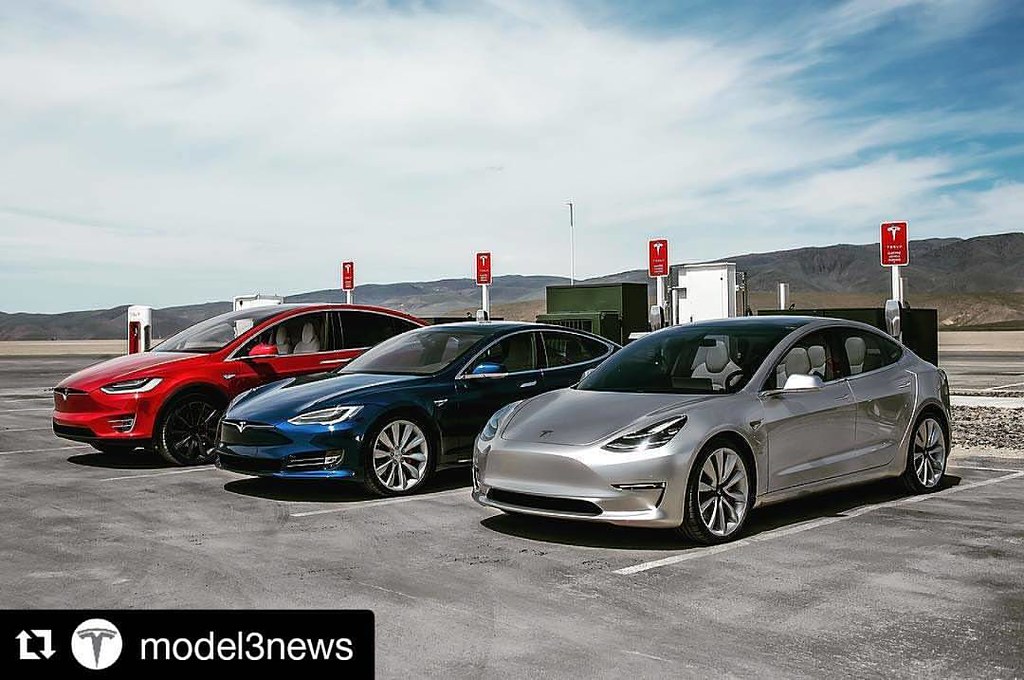
Anyone who has shopped for a new car has undoubtedly encountered the window sticker — if for no other reason than to quickly check the price. Yet, this seemingly simple label, officially known as the Monroney label after Oklahoma Senator Mike Monroney who spearheaded the 1958 congressional act standardizing it, is a powerful document often underestimated by consumers. It’s far more than just a price tag; it’s a federally mandated sheet packed with vital information designed to help you make one of your most significant purchasing decisions.
Despite its legal requirement and crucial content, many car shoppers, and even some salespeople, aren’t fully aware of the wealth of data it provides. The window sticker contains just about everything you need to know about any car you’re thinking of buying, from its detailed specifications and features to its safety ratings and fuel economy estimates. Understanding how to navigate this sea of text and numbers is essential for ensuring you get the right vehicle at a fair price.
In this in-depth guide, we will break down each key area of a new car’s window sticker. Our goal is to empower you with clear, actionable insights, transforming you into an expert capable of decoding every line and number. By thoroughly understanding this document, you can confidently compare vehicles, negotiate effectively, and ensure complete transparency in your car-buying journey.

1. **Vehicle Description & Model Information**
This section is typically found in the top left or right corner of the window sticker and serves as the vehicle’s basic identity card. It provides crucial foundational details that verify you are looking at the exact car you intend to purchase. Here, you will find the model year, the specific make and model, the trim level (such as LX, EX, or Touring, or designations like S, SE, SEL), and the exterior and interior color combinations. These identifiers ensure you can match the physical car to the sticker’s description.
Beyond the aesthetic and trim details, this part of the sticker also specifies the core mechanical components, including the engine and transmission combination. For instance, it might list a 4-cylinder engine or a hybrid powertrain, along with information about the drivetrain, such as front-wheel drive or all-wheel drive. Checking this section thoroughly is the quickest and best way to confirm that the car in front of you aligns with your desired configuration, especially if you have specific preferences for performance or fuel efficiency.
Crucially, this area also contains the 17-digit Vehicle Identification Number (VIN). The VIN is a unique identifier for every car, similar to a serial number. It is paramount during the car-buying process to compare the VIN on the window sticker with the one physically marked on the vehicle, usually located at the base of the windscreen, inside the driver’s door, on the dashboard, or in the engine bay. Any discrepancy should be cause for immediate concern, as it indicates the sticker may be incorrectly placed or refer to a different vehicle altogether, highlighting the importance of this meticulous verification step.
Read more about: Unlocking Ultimate Family Comfort: The Definitive Guide to 2025 SUVs with Class-Leading Third-Row Space and Practicality
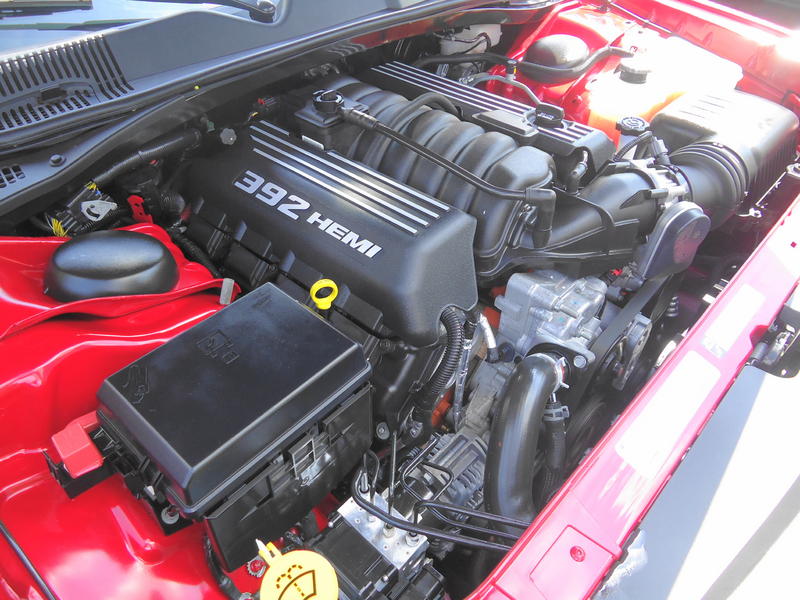
2. **Standard Equipment**
Located prominently on the window sticker, the standard equipment section lists all the items and features that are inherently included in the manufacturer’s suggested retail price (MSRP) for that particular trim level. These are the baseline amenities and functionalities that you can expect without any additional cost, forming the core offering of the vehicle. Items here are typically grouped into intuitive categories such as Exterior, Interior, Safety/Security, Comfort/Convenience, and Mechanical/Performance, making it easy to digest the breadth of what’s provided.
For instance, this section will detail standard safety features like airbags and anti-lock brakes, interior comforts like specific upholstery types (e.g., cloth or leather) and seat adjustability (manual or power), and exterior elements like wheel size or lighting types. The features listed in this segment should be consistent across all vehicles of the same make, model, and trim level. This consistency makes it an invaluable resource for making accurate, apples-to-apples comparisons with other vehicles on the lot or when researching different trim options.
Understanding the standard equipment helps you gauge the value proposition of the base model before considering any upgrades. It clarifies what is considered fundamental by the manufacturer versus what commands an additional premium. This foundational knowledge is critical for budget-conscious buyers and for setting realistic expectations for the vehicle’s inherent capabilities and comforts before exploring any further customization or optional additions.
Read more about: Unlocking Ultimate Family Comfort: The Definitive Guide to 2025 SUVs with Class-Leading Third-Row Space and Practicality

3. **Optional Equipment**
Following the standard features, the optional equipment section details the factory-installed additions that go beyond the base trim level. These are the features and packages that allow for customization and enhancement of the vehicle, directly impacting its final price. Carmakers may present these options individually, à la carte, or bundle them into specially named packages, such as the “Ultimate Comfort package” which could include a moonroof, an upgraded audio system, and advanced driver-assistance systems.
Carefully reviewing this section is paramount to ensure that every feature you are paying for is indeed present in the vehicle you are considering. While large items like a moonroof are easy to spot, smaller accessories, such as specific floor mats or cargo nets, might be less conspicuous. You are paying for these items, so verifying their presence is a crucial part of your due diligence to avoid paying for features you do not receive.
Furthermore, this section helps explain price discrepancies between two seemingly identical vehicles of the same trim level. Different optional packages or individual add-ons can account for thousands of dollars in difference in the MSRP. Knowing a vehicle’s specific options is essential not only for pricing it correctly but also for making informed comparisons, ensuring that you truly understand the value and cost implications of each feature chosen for your prospective new car.
Read more about: Unlocking Ultimate Family Comfort: The Definitive Guide to 2025 SUVs with Class-Leading Third-Row Space and Practicality
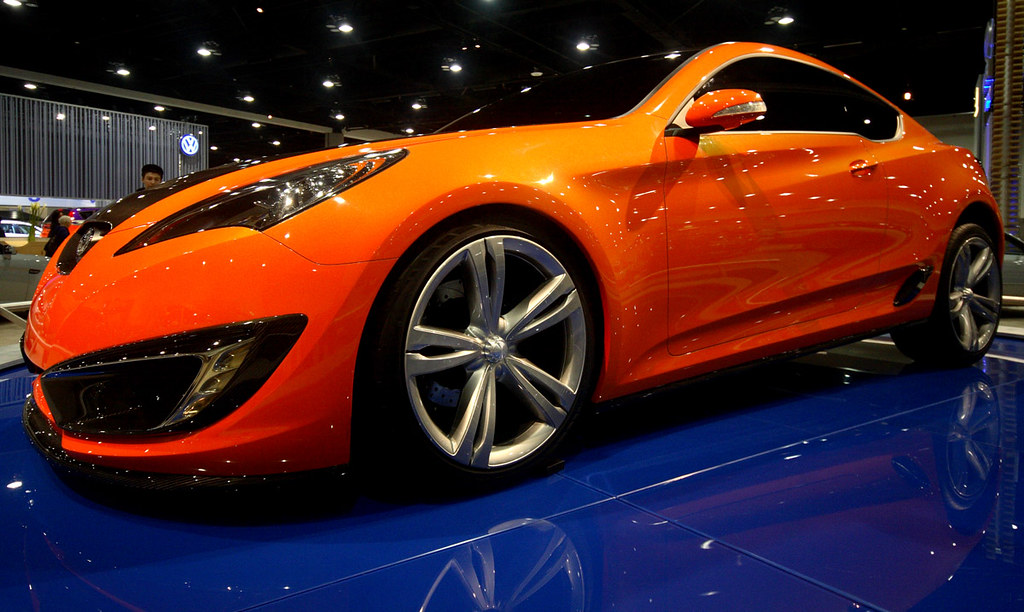
4. **MSRP and Total Price**
This section is arguably the most scrutinized part of any window sticker, as it presents the financial framework of the vehicle. The Manufacturer’s Suggested Retail Price, or MSRP, stands as the recommended selling price from the automaker to the dealer. It’s important to understand that the “suggested” in MSRP signifies that this is a baseline, a guideline, not necessarily the final price you will pay. It serves as an initial point of reference for your negotiations, providing a transparent starting figure for the vehicle itself before any options or additional charges.
The window sticker also details how the total price is reached, breaking down the costs of the base vehicle and any optional equipment added. The ultimate “sticker price” of a car generally refers to the MSRP plus any preparation costs, dealer-installed options, and dealer-imposed fees, offering a comprehensive look at what the dealership would like you to pay. This distinction between MSRP and sticker price is crucial, as the latter can sometimes be higher due to dealer-specific additions, though both figures are open to negotiation depending on market demand and supply.
It is vital to recognize that the MSRP is a product of extensive manufacturer research and is not a bogus or made-up number. However, it does not account for variable factors such as state-to-state or county-to-county taxes and fees, nor does it factor in dealer incentives or potential discounts. While it’s the fastest way to verify a vehicle’s options for market value lookup, understanding its “suggested” nature means it’s a strong starting point for discussion, but not the definitive final transaction price, which is ultimately determined through negotiation.
Read more about: The Definitive 2025 Plug-In Hybrid Electric Range Guide: A Car and Driver Deep Dive
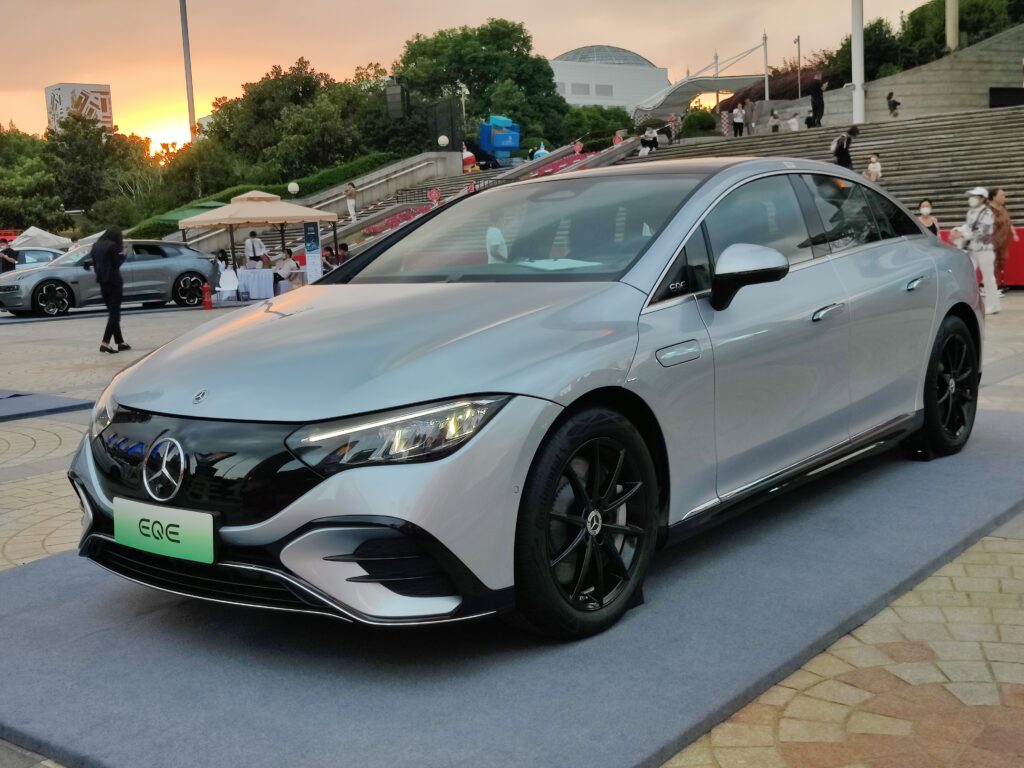
5. **Destination Charge & Shipping Data**
Beyond the base price and options, the window sticker includes the destination charge, a mandatory fee that covers the cost of transporting the vehicle from the factory to the dealership. This charge is non-negotiable and is applied to every new vehicle, ensuring that consumers understand the full cost associated with getting the car to the sales lot. It is a standardized fee set by the manufacturer and is an inherent part of the vehicle’s total price, regardless of how close the factory is to the dealership.
This section also contains other pertinent shipping and manufacturing data, revealing where the car was assembled and sometimes even the specific dealership where it was initially delivered. While the latter might seem like a minor detail, it can sometimes indicate if a car was traded between dealerships to fulfill a specific customer order. This information provides a glimpse into the logistical journey of your vehicle from the production line to the showroom floor.
Furthermore, the window sticker may detail where major components, such as the engine and transmission, were built. This information can be particularly relevant for consumers interested in the global origins of their vehicle, and in certain economic climates, it can impact potential federal tariffs, tax incentives, or rebates. For instance, recent tariffs on imported vehicles and auto parts highlight how the vehicle’s assembly and component origins can influence final pricing, making this often-overlooked section more significant than ever.
Read more about: Beyond the Roar: Unpacking the Resurgence of Classic Muscle Cars for American Enthusiasts
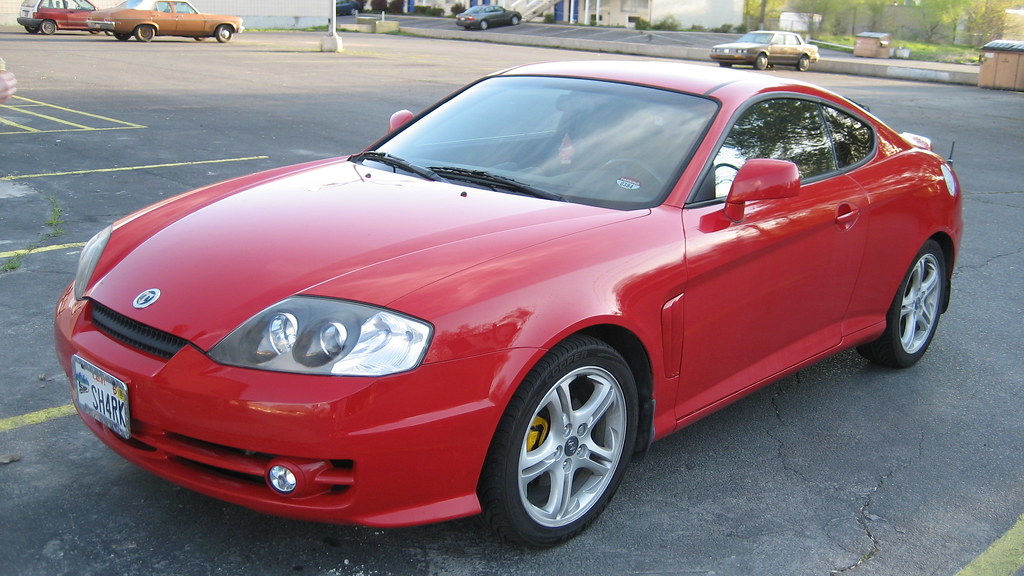
6. **Parts Content Information**
For consumers interested in the global footprint of their new car, the “Parts Content Information” section provides invaluable insights. Vehicle manufacturing is a complex, often global process, where components can originate from various countries and final assembly can occur far from where the engine or transmission were built. This segment of the window sticker directly addresses these queries by listing where the vehicle was assembled and, in many cases, the percentage of parts content that comes from the U.S. and Canada.
While some sample stickers might not display exact percentages, many do, providing a clear breakdown. This detail is particularly helpful for shoppers who prioritize buying an “American-made” car, offering transparency on the domestic versus foreign content. For more granular information, consumers can also consult the National Highway Traffic Safety Administration (NHTSA) website, which often provides percentage breakdowns of domestic and foreign content for cars dating back to 2007.
This information has gained increased relevance due to factors such as federal tariffs. For example, tariffs applied to imported vehicles and auto parts, along with levies on raw materials like steel and aluminum, can affect even vehicles assembled entirely in the U.S. Understanding the parts content helps consumers anticipate potential price impacts and align their purchase with personal preferences regarding global manufacturing origins, providing a comprehensive view of the vehicle’s lineage beyond its final assembly point.
Read more about: Beyond the Buzz: Why 2025 Performance Hybrids Are Redefining the Automotive Landscape for Discerning Drivers

7. **Warranty Information**
Understanding the warranty coverage for a new vehicle is a critical aspect of safeguarding your investment, and fortunately, the window sticker provides a direct overview of this protection. This section clearly lists the length and type of warranties provided by the manufacturer, giving you peace of mind regarding potential repairs and unexpected issues post-purchase. It’s a fundamental element for any consumer to review, as it outlines the manufacturer’s commitment to the vehicle’s reliability and your satisfaction.
Typically, you’ll find details on the bumper-to-bumper warranty, which covers most components of the car for a specified period or mileage. This comprehensive coverage addresses manufacturing defects or malfunctions of parts from the front bumper to the rear. Additionally, the powertrain warranty, often longer in duration, specifically protects critical components such as the engine, transmission, and drive axles. These distinctions are important for anticipating the scope of covered repairs as your ownership progresses.
Beyond the core warranties, some manufacturers also include information about additional benefits. This might encompass roadside assistance packages, offering support for breakdowns, flat tires, or lockouts, providing an extra layer of convenience and security. Occasionally, details on complimentary maintenance programs are also listed, which can help offset initial ownership costs by covering routine services for a set period. Familiarizing yourself with these offerings allows for a more accurate assessment of the total value provided by the automaker.
Comparing warranty terms across different brands or models is a smart strategy for making an informed decision. Longer or more comprehensive warranties can indicate a manufacturer’s confidence in their product and can significantly reduce your financial exposure to unexpected repairs. The window sticker serves as your initial point of reference for this vital information, empowering you to negotiate with a full understanding of the long-term support you can expect for your new car.
Read more about: The 2025 Hyundai Palisade for Your Next Long Haul: An Objective Deep Dive into Its Road Trip Capabilities

8. **Fuel Economy & Environment**
For many consumers, the operating costs of a vehicle are just as important as its purchase price, and the “Fuel Economy and Environment” section on the window sticker is meticulously designed to provide these crucial insights. Found typically in the upper right corner, this block provides estimates of the vehicle’s fuel efficiency, helping you understand its consumption habits and environmental footprint. It’s a direct resource for comparing the economic and ecological impact of different models side-by-side.
Central to this section are the detailed fuel economy ratings, presented in miles per gallon (MPG) for city, highway, and combined driving. The combined MPG figure, often the most prominent, is particularly important as it offers a weighted average of city and highway driving, reflecting a more realistic daily use scenario. These estimates are derived from standardized tests conducted according to Environmental Protection Agency (EPA) guidelines, providing a consistent benchmark across all new vehicles. However, it’s important to remember these are estimates, and actual mileage can vary based on individual driving habits and conditions.
Beyond just MPG, this comprehensive section also includes an estimate of the vehicle’s annual fuel costs. This figure is calculated based on projected average fuel prices and an estimated annual mileage, offering a practical financial projection for budget-conscious buyers. Furthermore, for those prioritizing environmental responsibility, the sticker details the vehicle’s greenhouse gas rating and a smog rating. The greenhouse gas rating assesses the car’s carbon dioxide emissions in grams per mile, allowing you to gauge its contribution to climate change, while the smog rating indicates tailpipe emissions that contribute to air pollution.
For hybrid and electric vehicles, this section expands to include even more specialized data. Plug-in hybrid models will display combined fuel economy in both hybrid mode and electric-only mode, alongside the miles per gallon equivalent (MPGe) for electric operation. Fully electric cars showcase their MPGe, estimated driving range, the number of kilowatt-hours consumed per 100 miles, and even estimated charging times on a Level 2 (240-volt) charger. This detailed breakdown ensures that regardless of powertrain, consumers have a clear picture of energy consumption and its associated costs and environmental impact, enabling truly informed purchasing decisions.
Read more about: Beyond the Buzz: Why 2025 Performance Hybrids Are Redefining the Automotive Landscape for Discerning Drivers

9. **Safety Ratings**
When it comes to purchasing a new vehicle, safety is often a non-negotiable priority for many buyers, and the window sticker serves as a crucial document in communicating this vital information. The “Safety Ratings” section provides an objective, third-party assessment of how well a vehicle is expected to protect its occupants in various crash scenarios. These ratings empower consumers to make informed choices that align with their personal safety standards and preferences.
The federal government’s National Highway Traffic Safety Administration (NHTSA) conducts rigorous crash tests on a selection of new vehicles each year, issuing star ratings based on the results. These ratings typically include assessments for frontal impact, side impact, and rollover resistance. The window sticker will prominently display these individual ratings, along with an “overall” rating, which is essentially an average of the three. A five-star rating indicates the highest level of safety performance in these tests.
It’s important to note that the NHTSA does not test every single car model on the market, especially low-volume or high-end models. Therefore, you might occasionally find this section blank on a window sticker. If this is the case, it does not necessarily mean the vehicle is unsafe; it simply means it has not yet been evaluated by the NHTSA or recently underwent a major redesign. In such instances, consumers are encouraged to consult alternative resources, such as the Insurance Institute for Highway Safety (IIHS) website, for additional safety information.
While the IIHS scores are not always displayed on the federally mandated window sticker, they are another respected source for safety evaluations. Experts often consider IIHS tests to be more stringent than those employed by the federal government, making their ratings a valuable supplementary data point. By reviewing both NHTSA ratings on the sticker and potentially IIHS data online, consumers can gain a comprehensive understanding of a vehicle’s safety profile, enabling them to compare vehicles effectively and choose one that offers the desired level of protection.
Read more about: Is the 2025 Subaru Forester the Reliable Family Road Trip Companion You Need?
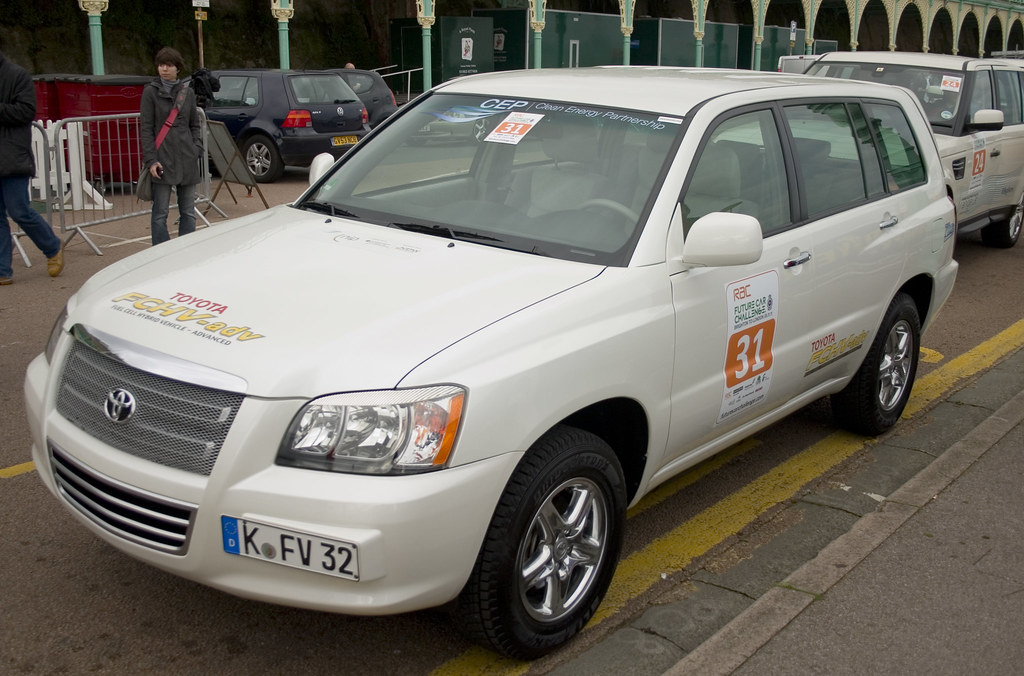
10. **QR Codes and Digital Access Points**
In an increasingly digital world, the modern car window sticker has evolved to offer more than just static text and numbers. Many contemporary Monroney labels now feature a pixelated square known as a QR code, which serves as a convenient digital access point to a wealth of additional, real-time information. This small graphic represents a significant enhancement in consumer transparency, bridging the gap between physical documentation and dynamic online resources.
Scanning this QR code with a smartphone camera provides instant connectivity to the mobile EPA website, specifically tailored to the vehicle you are examining. This direct link offers several interactive benefits. For instance, you can often customize your driving statistics on the website to generate personalized fuel economy data, which can provide a more accurate reflection of your potential ownership costs based on your specific usage patterns. This level of customization goes beyond the general estimates presented on the physical sticker.
Furthermore, the digital platform accessible via the QR code allows for quick and easy comparisons of the vehicle’s fuel economy and environmental data with other models you might be considering. This on-demand comparison tool can be incredibly useful when you’re weighing options between several vehicles, as it aggregates complex data into an easily digestible format. It streamlines the research process, enabling you to make more efficient and data-driven decisions while on the dealership lot or during your research phase.
The inclusion of QR codes on window stickers exemplifies a commitment to transparency and empowering consumers with comprehensive information. It recognizes that static paper labels, while federally mandated and informative, can be enhanced by immediate access to dynamic, personalized, and comparative data online. This digital bridge ensures that shoppers have every tool at their disposal to thoroughly evaluate a vehicle’s long-term operational costs and environmental impact, making the car-buying process more informed and less reliant on guesswork.
Read more about: 12 Simple Cybersecurity Habits That Can Save Your Family From $10000 in Losses: A Digital Lifeline for Your Loved Ones
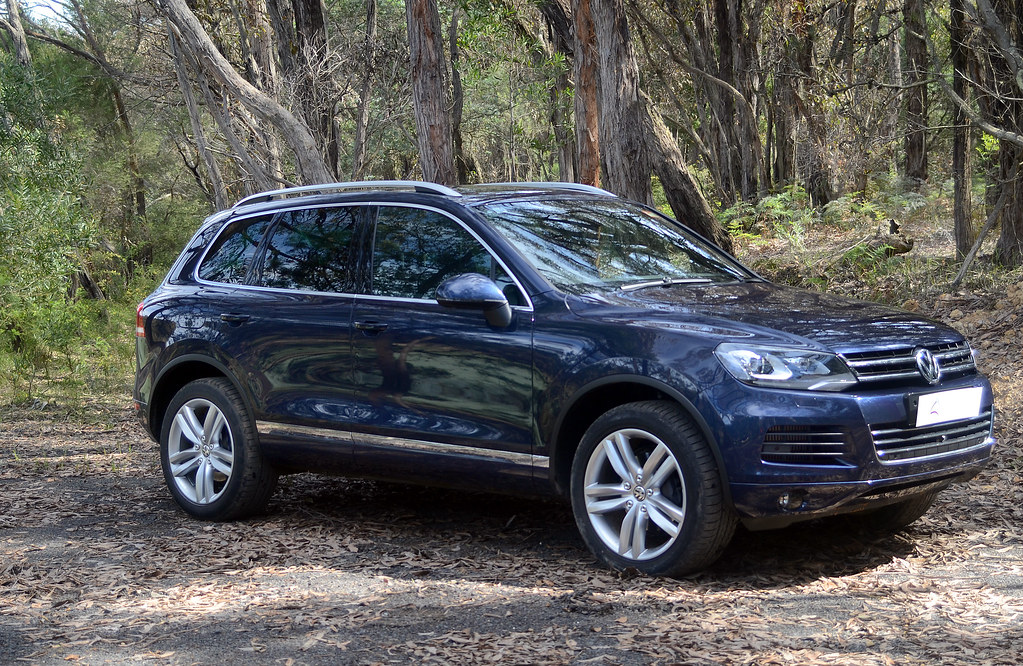
11. **Dealer Add-ons and Addendums**
While the federally mandated Monroney label provides a wealth of manufacturer-specific information, it’s crucial for consumers to also be aware of another potential sticker: the supplemental window sticker or “addendum.” This additional label, often affixed next to the official window sticker, details items and charges that are added by the dealership, rather than the manufacturer. Understanding these add-ons is paramount for avoiding unexpected costs and ensuring you only pay for features you truly desire.
Dealers sometimes use these supplemental stickers to list various dealer-installed accessories. These can range from practical items like specific floor mats, cargo nets, or wheel locks to aesthetic enhancements such as window tinting, upgraded wheels and tires, or special paint protection coatings. Critically, these items are not included in the manufacturer’s original MSRP and represent additional profit centers for the dealership. It’s essential to scrutinize each item and determine if it genuinely adds value for you.
Beyond physical accessories, addendums are also where dealerships might list “market adjustments” or “additional dealer markup (ADM).” This controversial practice, which became more common during periods of high demand and supply shortages, allows dealers to increase the price of a vehicle above the MSRP. It’s vital to review any such charges carefully, as they can add thousands of dollars to the final price. While a dealership can ask for more if a vehicle is in high demand, this is a negotiable item, and consumers should not feel compelled to pay it if they believe it’s unwarranted.
When encountering a supplemental sticker, remember that these dealer add-ons are often negotiable. You are not obligated to purchase a car with these features if you don’t want them or feel the price is unfair. Many items can be removed, or you can leverage your knowledge to negotiate their cost down. If negotiations prove unsuccessful and you feel pressured, it’s always an option to explore other dealerships or vehicles. Being fully aware of these addendums empowers you to make a purchasing decision that truly aligns with your needs and budget, free from unwanted extras.
Read more about: Decoding the ‘No-Haggle’ Deception: 12 Insider Secrets Car Dealers Hope You Never Learn
Navigating the intricate details of a new car window sticker might seem daunting at first glance, but with this comprehensive guide, you are now equipped to decode every line and number on the Monroney label. From verifying the precise vehicle configuration and understanding all pricing components to delving into warranty coverage, fuel economy, safety ratings, and even discerning dealer-specific additions, you hold the power to approach your car-buying journey with unparalleled confidence. This federally mandated document is more than just a sticker; it’s your ultimate tool for transparency, negotiation, and ultimately, making the right choice for your next vehicle. Armed with this knowledge, you can ensure that every dollar you pay contributes to a car that perfectly fits your needs and provides lasting value.




